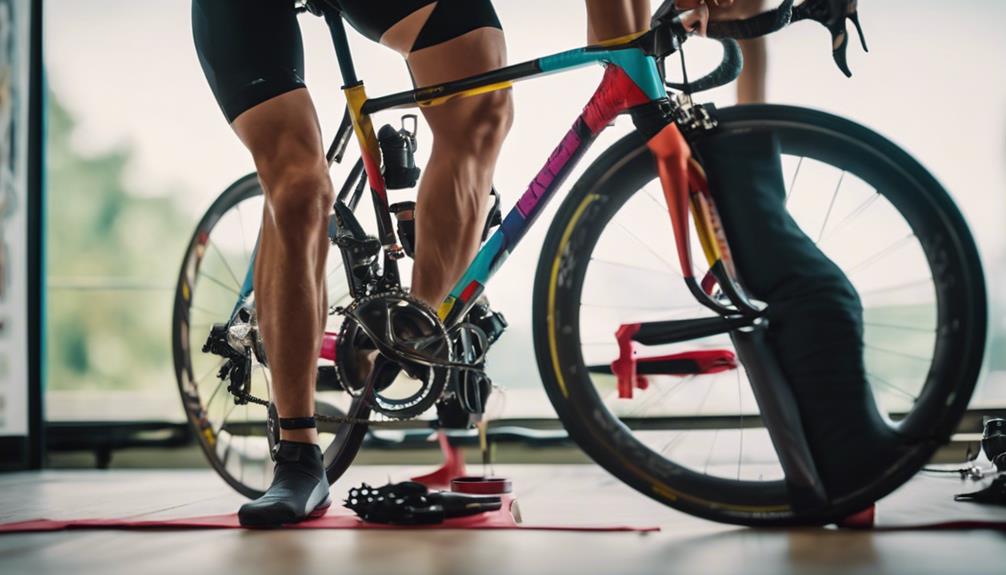Choosing the right bike for your child is an important decision that can impact their safety, confidence, and enjoyment of cycling. With a plethora of options available on the market, understanding the key factors in selecting a suitable children’s bike is crucial. This article will provide a comprehensive guide to help parents navigate through the process of picking the perfect bike for their child, covering everything from size and safety features to the benefits of cycling for children.
Understanding Bicycle Sizes
When it comes to children’s bikes, size is the most critical factor. A bike that is too big or too small can lead to discomfort and safety issues. Here are the primary considerations regarding bike sizing:
- Wheel Size: Children’s bikes are categorized by wheel size, typically ranging from 12 inches to 24 inches. The correct size can generally be determined by your child’s height:
- 12-inch wheels: 2-4 years old (height 2’10” – 3’4″)
- 16-inch wheels: 4-6 years old (height 3’4″ – 3’10”)
- 20-inch wheels: 6-8 years old (height 3’10” – 4’5″)
- 24-inch wheels: 8-11 years old (height 4’5″ – 4’9″)
- Frame Size: Ensure that the bike’s frame allows your child to reach the handlebars comfortably and keeps their feet flat on the ground when sitting. This ensures better control and balance.
- Adjustability: Look for bikes with adjustable seats and handlebars, allowing for growth and making the bike usable for several years.
Safety Features to Consider
Safety should be a top priority when selecting a children’s bike. Here are several key features to look for:
- Brakes: Opt for bikes with easy-to-use brakes, such as hand brakes or coaster brakes, depending on your child’s ability.
- Reflectors and Lights: Ensure the bike is equipped with reflectors and consider adding lights for visibility, especially if your child rides in low-light conditions.
- Sturdy Frame: Choose a bike made from durable materials that can withstand the wear and tear of rough riding.
- Protective Gear: Encourage the use of helmets, knee pads, and elbow pads to protect against injuries.
The Benefits of Cycling for Children
Cycling is not only a fun activity but also has numerous benefits for children, including:
- Physical Health: Cycling promotes cardiovascular fitness, strengthens muscles, and improves overall coordination and balance.
- Mental Health: Exercise, including cycling, has been shown to reduce anxiety and depression in children while boosting self-esteem.
- Social Skills: Riding with friends or family can help children develop social skills and foster teamwork.
- Environmental Awareness: Teaching children to cycle encourages a lifestyle that is environmentally friendly and promotes outdoor activity.
Types of Children’s Bikes
Choosing the right type of bike can greatly influence your child’s cycling experience. Here are the main types of children’s bikes available:
- Balance Bikes: Ideal for young children (ages 2-4), balance bikes help kids learn balance and steering without pedals. They build confidence and prepare them for a pedal bike later on.
- Single-Speed Bikes: These are perfect for beginners, offering simplicity and ease of use. They typically come in various sizes and can be suitable for children aged 4-8.
- Multi-Speed Bikes: Designed for older children (ages 8 and up), multi-speed bikes allow for varied terrain and are suitable for more experienced riders.
- Mountain Bikes: If your child enjoys off-road cycling, mountain bikes come with wider tires and durable frames, making them suitable for rough terrain.
Case Studies: Successful Cycling Programs for Children
Several programs around the world have successfully promoted cycling among children, highlighting the importance of cycling education and community involvement. Here are a few noteworthy examples:
- Safe Routes to School Program: This initiative in the United States encourages children to walk or bike to school safely. Communities have invested in better infrastructure, such as bike lanes and crosswalks, leading to a significant increase in the number of children cycling to school.
- Bikeability in the UK: Bikeability is a national cycling training scheme for children that teaches essential cycling skills and safety awareness. Since its inception, thousands of children have participated, leading to increased confidence and safety when cycling.
- Community Cycling Programs: Many cities host community cycling days, where children can learn cycling skills and safety in a fun environment. Programs like these have helped foster a love for cycling among young participants.
Maintaining Your Child’s Bike
Once you’ve made the investment in a children’s bike, regular maintenance is essential to ensure safety and longevity. Here are some maintenance tips:
- Regular Inspections: Check the brakes, tires, and chain before each ride to ensure everything is functioning properly.
- Cleaning: Clean the bike regularly to prevent dirt buildup, especially on the chain and gears.
- Tire Pressure: Ensure the tires are inflated to the recommended pressure, as this affects performance and safety.
- Professional Servicing: Consider taking the bike to a professional for a tune-up at least once a year, especially if your child uses it frequently.
Conclusion
Choosing the right bike for your child can be a rewarding experience that sets the foundation for a lifelong love of cycling. By understanding the importance of size, safety features, and the various types of bikes available, you can make an informed decision that meets your child’s needs. Moreover, cycling offers numerous health and social benefits, making it an ideal activity for children. With proper maintenance and support, your child’s cycling adventures can be both safe and enjoyable. Remember, investing in a quality bike and encouraging your child to ride not only promotes physical well-being but also fosters independence and confidence.
